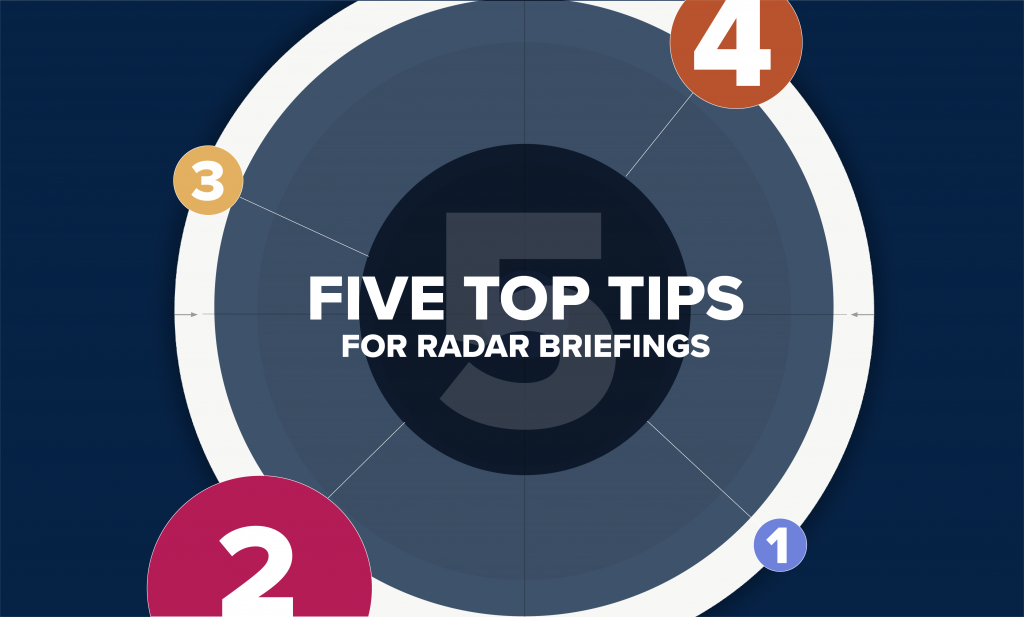Inspired by Harley Manning’s excellent advice on vendor briefings for evaluations, I thought I would document some of my recent experiences. Let’s be realistic: GigaOm is not the gorilla in the analyst market. Plus, we have some curious differences from other analyst firms — not least that we major in practitioner-led evaluation, bringing in an expert rather than (as Chris Mellor points out) “a team of consultants”. Nothing wrong with either approach, as I have said before, they’re just different.
So, what would be my top tips for vendors looking to brief us for a Radar report?
1. Make it technical
At GigaOm we care less about market share or ‘positioning’, and more about what the product or solution actually does. Our process involves considerable up-front effort pulling together, and peer reviewing a research proposal, following which (every time) we produce a Key Criteria report — for subscribers, this offers a how-to guide for writing an RFP.
By the time we’re onto the Radar, we’re mainly thinking, “Does it do the thing, and how well?” If we can get our technical experts in a virtual room with your technical experts, we can all get out of the way. See also: provide a demo.
2. Understand the scoring
Behind GigaOm’s model is a principle that technology commoditizes over time: this year’s differentiating product feature may be next year’s baseline. For this reason, we score against a general level, with two plusses given if a vendor delivers on a feature or quality. A vendor doing better than the rest will gain points (and we say why), and the converse is true. If we’re saying something, we need to be able to defend it — in this case, in the strengths and weaknesses in the report.
3. Make it defensible
Speaking of which, a vendor can make our lives simpler by telling us why a particular feature is better than everyone else’s. Sorry, we’re not looking for an easy ride, but to say what makes something special gives us something to talk about (as opposed to “but everyone thinks so,” etc). Note that customer proof points carry much more weight than general statements — if a customer says it to us directly, we’re far more likely to take it on board.
4. Tell us scenarios
At GigaOm, we’re scenario-led — which means we’re looking at how technology categories address particular problems. Many vendors solve specific problems particularly well (note, I don’t believe there’s such a thing as a top-right shortlist of vendors to suit all needs). Often in briefings, I ask ‘magic’ questions like, “Why do your customers love you?” which cut through generalist website hype and focus on where the solution is particularly strong.
5. Focus on the goal
A Radar briefing shouldn’t be perceived as a massive overhead — we want to know what your product does, not how well your media-trained speakers can present. Once done, our experts will be able to complete their work, then run the resulting one-pager back past you for a fact check. For sure, we’d love as much information as you can provide, and we have an extensive set of questionnaires for that purpose.
I’ve just flicked back through Harley’s ten points, and there’s a lot in there about being respectful, aiming to hit dates, not arguing over every judgment, and so on. Wise words, which we get just as often, I wager. I also recognize that even as we have published schedules, methodologies, planned improvements, and so on, you also have your own challenges and priorities.
All of which means that together, our primary goals should be effectiveness, such that we are presenting you, the vendor, correctly with respect to the category, and efficiency, in that a small amount of effort in the right places can benefit all of us. Which probably means, let’s talk.
Source by gigaom.com
